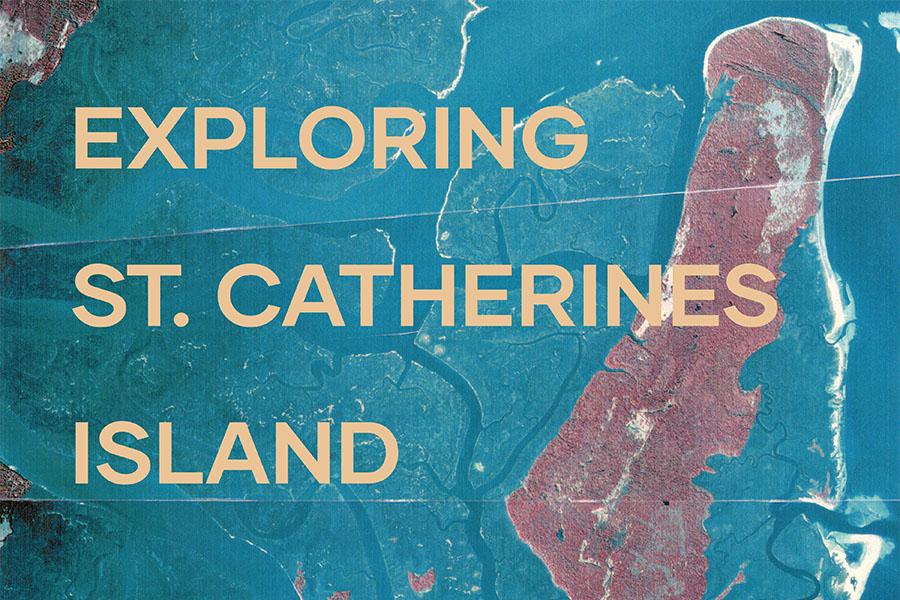St. Catherines Island has been a home to many people and purposes. In the 16th century, Ancestral Muskogean, known historically as the Guale, lived along the coasts and banks of its major rivers. Then came Spanish and British explorers, and the ensuing battles over land ownership. The island was documented by early naturalists, abandoned during the American Revolution, and then acted as a refuge for formerly enslaved people in the wake of the Civil War. In the 20th century, it served wealthy industrialists, first as a private hunting preserve and later as the site of an oyster factory and cattle ranch. By the 1970s the island’s many lives transformed it yet again, this time into a hub for archaeology and wildlife conservation, a purpose that continues today.
This exhibit explores the human history of St. Catherines Island from 1500s to the present. It draws heavily on the St. Catherines Island Archive Collection, the field notes, photographs, illustrations, maps, publications, and reports that document the archaeological work conducted on the island by the American Museum of Natural History from the 1970s to the present, as well as borrowed artifacts unearthed in these efforts on loan from the UGA Archaeology Laboratory.
In addition to working with UGA’s Archaeology Lab and other experts, portions of the exhibit were created in consultation with representatives of the Muscogee (Creek) Nation, the Seminole Tribe of Florida, the Seminole Nation of Oklahoma, and Thlopthlocco Tribal Town, descendants of the indigenous people who were forced to leave the land during the period of colonial settlement. This exhibit was made possible with support from the Stephen E. Draper Center and Archives for the Study of Water Law and Policy and the James W. Woodruff, Sr. Center for Natural History in Georgia.

